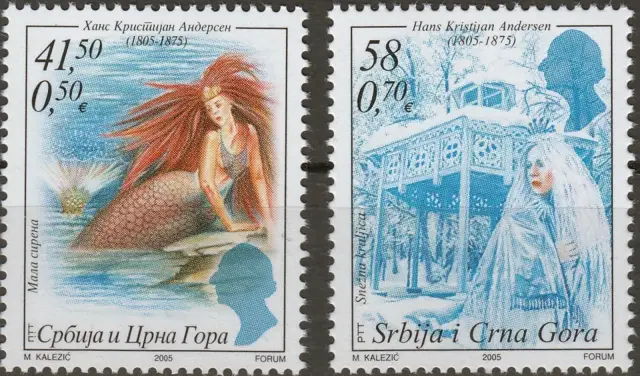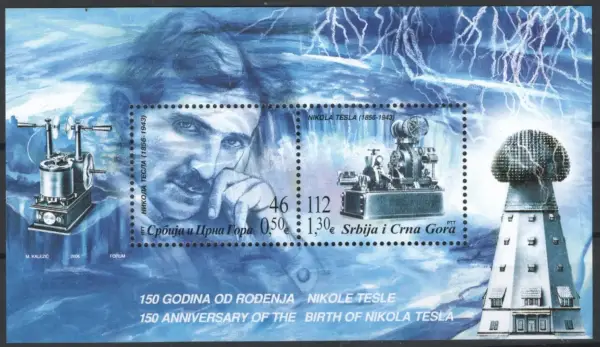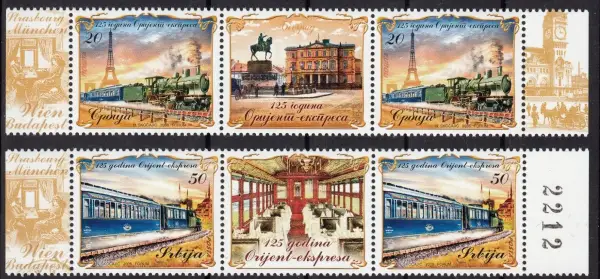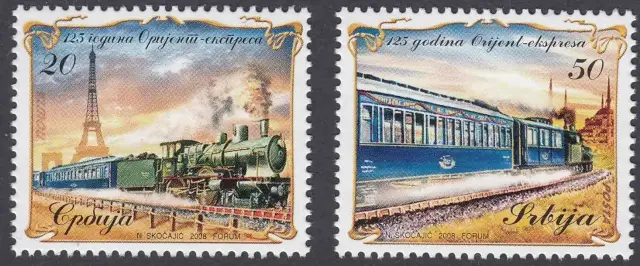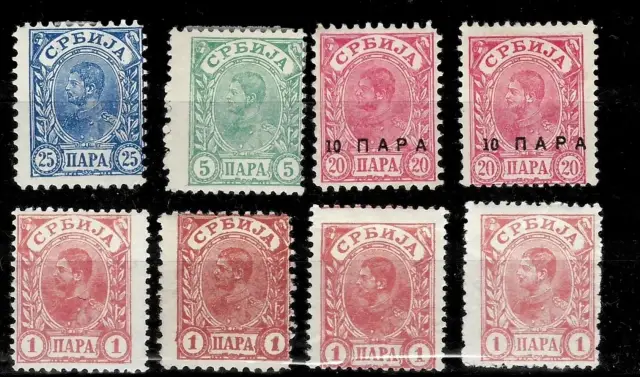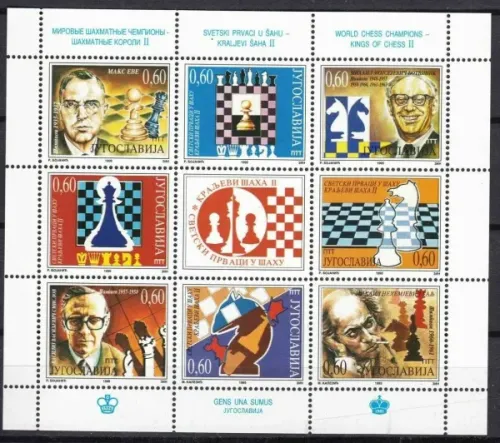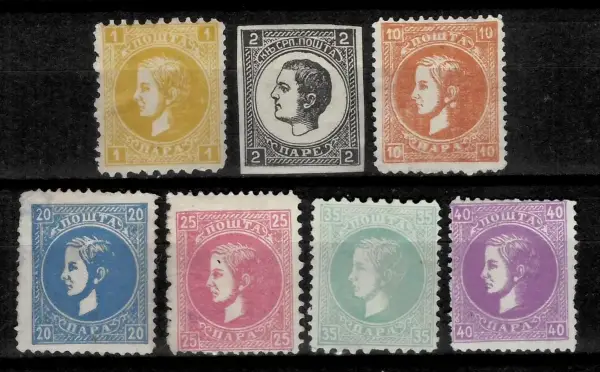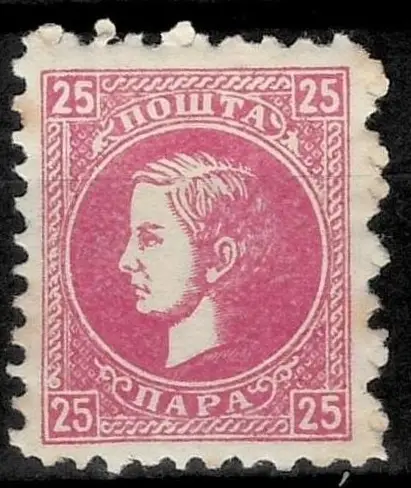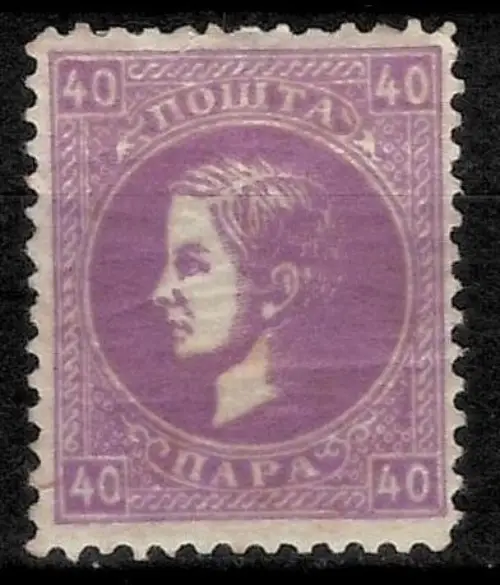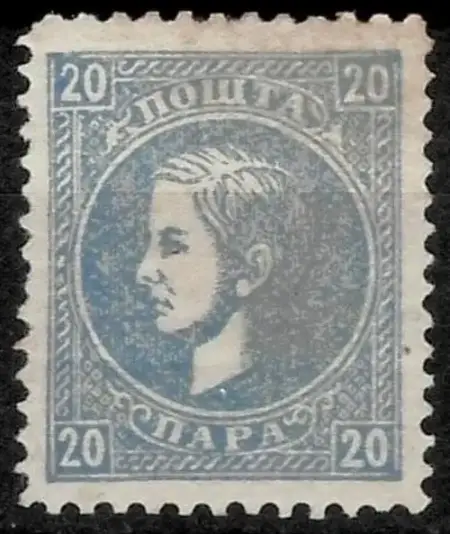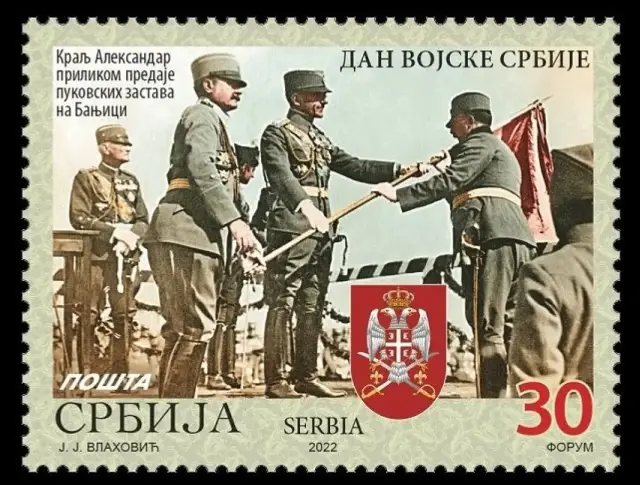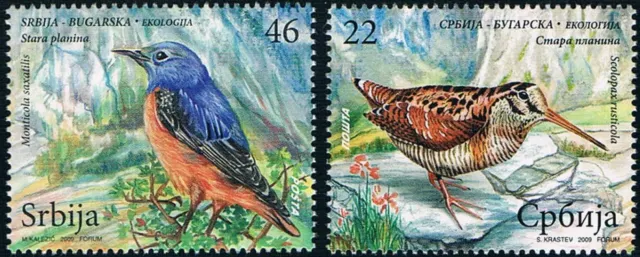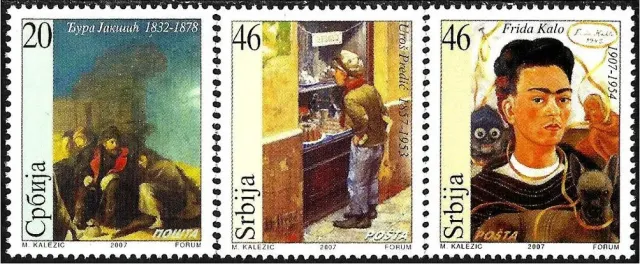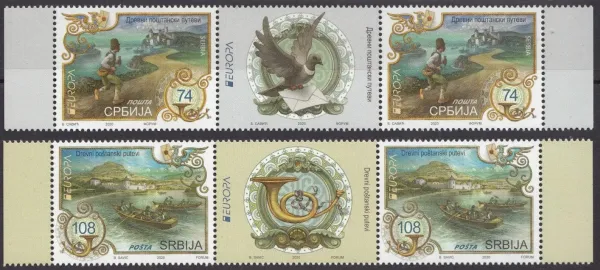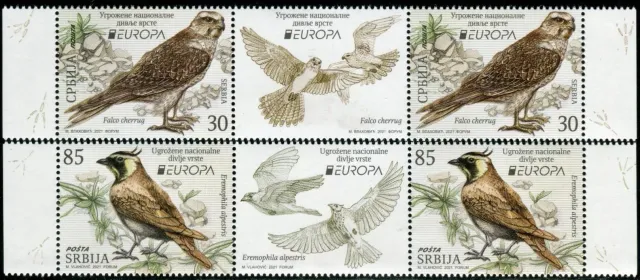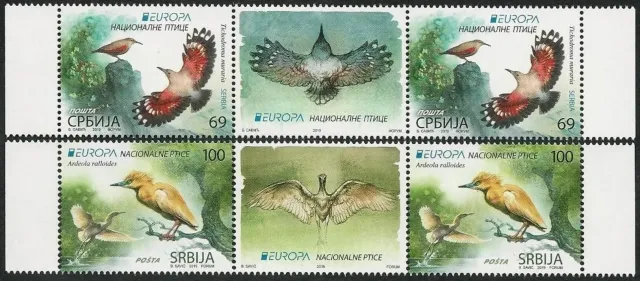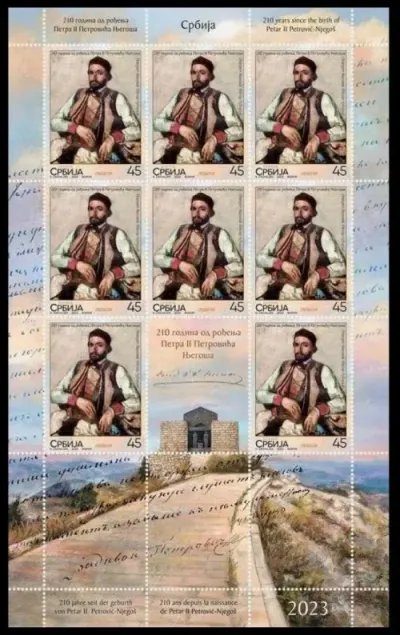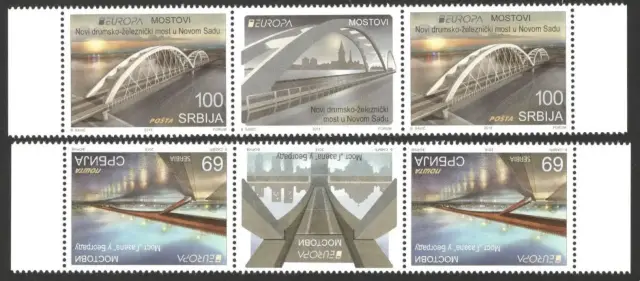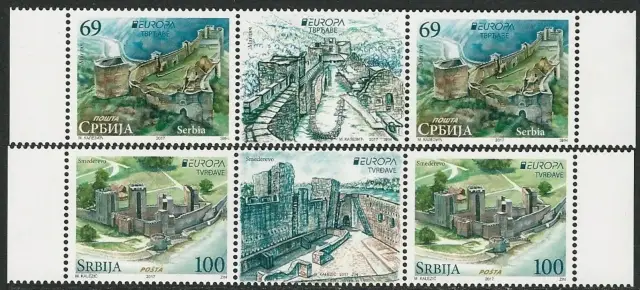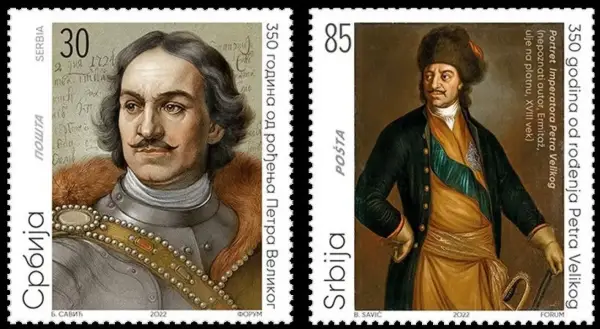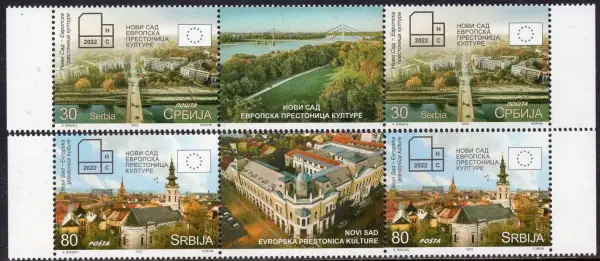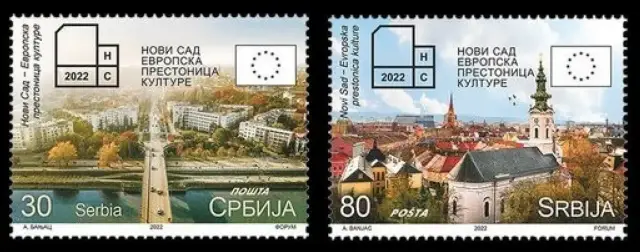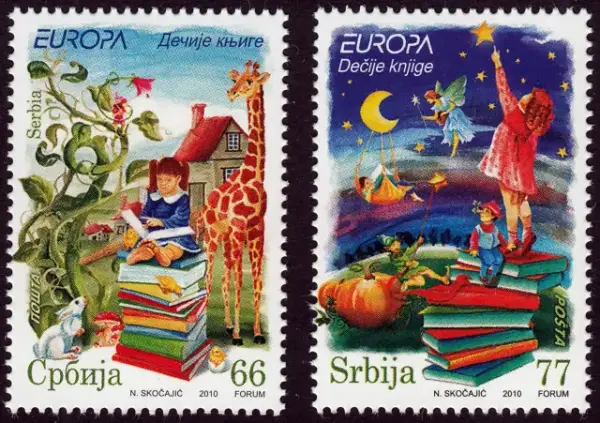Showing 1–30 of 242 resultsSorted by latest
Showing 1–30 of 242 resultsSorted by latest
Serbia’s postage stamps reflect the country’s rich history, cultural heritage, and significant political changes. From the early days of the Kingdom of Serbia to the modern Republic of Serbia, Serbian stamps have featured a variety of themes, including historical figures, landmarks, and events.
Key Historical Phases of Serbian Stamps:
1. Kingdom of Serbia (1881–1918)
- The first postage stamps of Serbia were issued in 1866, depicting Prince Mihailo Obrenović. These early stamps were simple in design, usually featuring the ruling monarch.
- The Obrenović and Karađorđević dynasties are prominent in stamp designs, as Serbia’s political leadership shifted between these royal houses.
- Other themes in this period include national emblems, coats of arms, and the introduction of commemorative stamps to celebrate key events.
2. Kingdom of Serbs, Croats, and Slovenes (1918–1929) and Kingdom of Yugoslavia (1929–1941)
- After World War I, Serbia became part of the newly formed Kingdom of Serbs, Croats, and Slovenes, which later became the Kingdom of Yugoslavia. Stamps from this period reflect the unity of these South Slavic peoples.
- Notable stamp issues during this time featured King Alexander I and the country’s coat of arms. Commemorative issues celebrated events like the unification and international expositions.
3. World War II and German Occupation (1941–1945)
- During the German occupation of Serbia in World War II, the puppet government issued stamps with simple designs, often featuring historical architecture or propaganda themes.
- The stamps from this period, while less ornate, remain significant for philatelists due to their historical context.
4. Socialist Federal Republic of Yugoslavia (1945–1992)
- After World War II, Serbia was part of the Socialist Federal Republic of Yugoslavia. Stamps from this period often reflect socialist themes, such as workers, industrial achievements, and political leaders like Josip Broz Tito.
- Yugoslav stamps are known for their colorful designs, with themes ranging from art and culture to space exploration and sports.
5. Federal Republic of Yugoslavia (1992–2003) and Serbia and Montenegro (2003–2006)
- After the breakup of the Socialist Yugoslavia, Serbia, along with Montenegro, formed the Federal Republic of Yugoslavia. Stamps from this period carried themes of national identity, including historical figures and landmarks.
- Later, during the Serbia and Montenegro period, stamps often reflected joint achievements or celebrations of the shared history between the two republics.
6. Republic of Serbia (2006–present)
- In 2006, Montenegro voted for independence, and Serbia became an independent republic. The first stamps of the modern Republic of Serbia were issued shortly after.
- Modern Serbian stamps often focus on cultural heritage, religious sites, famous Serbians (like Nikola Tesla and Mihajlo Pupin), and international events such as the EUROPA series.
- Serbia also issues commemorative stamps to honor notable anniversaries, historical events, and Serbian traditions, including Orthodox religious figures and significant architecture like monasteries and fortresses.
Themes in Serbian Postage Stamps:
- Historical Figures: Prominent individuals such as Stefan Nemanja (founder of the Serbian state), Nikola Tesla, and Prince Lazar (hero of the Battle of Kosovo) have been featured on Serbian stamps.
- Cultural Heritage: Stamps highlight medieval Serbian monasteries, churches, and UNESCO World Heritage Sites such as Studenica Monastery and the Gamzigrad-Romuliana Palace.
- Natural Beauty: Serbia’s landscapes, including national parks, rivers like the Danube, and indigenous wildlife, are frequent subjects of modern issues.
- Sports: Serbia often celebrates sporting achievements, especially in tennis (featuring Novak Djokovic) and basketball.
Collecting Serbian Stamps:
Collectors of Serbian stamps often find a wide range of interesting issues, spanning multiple regimes and significant historical periods. Rare stamps, such as those from the Kingdom of Serbia or wartime occupation periods, are particularly sought after.

